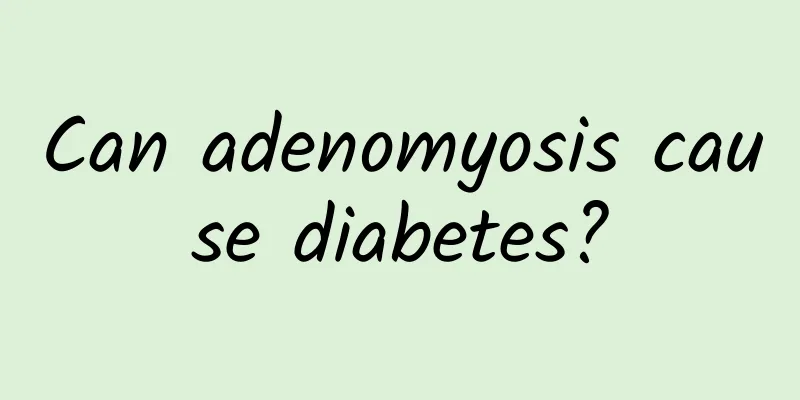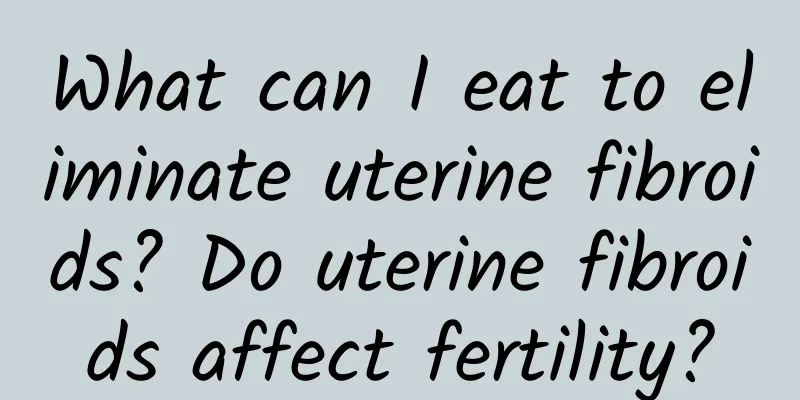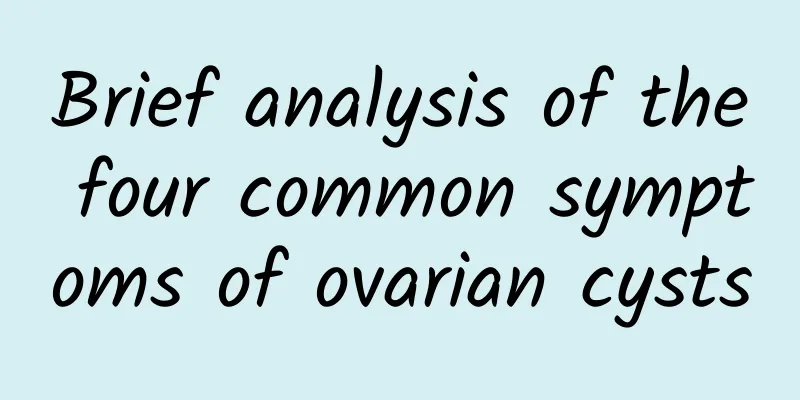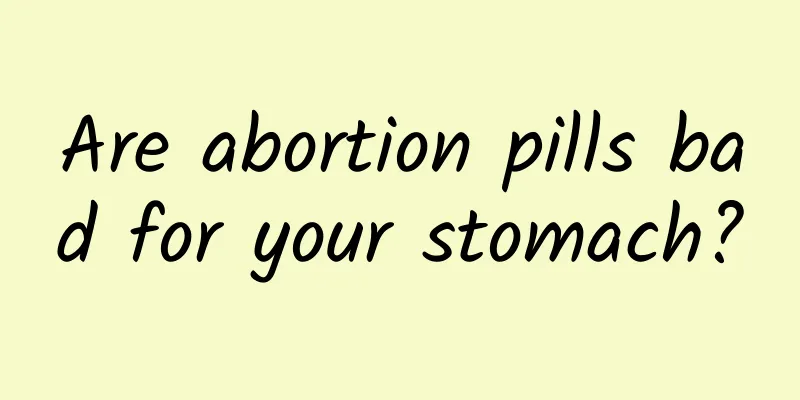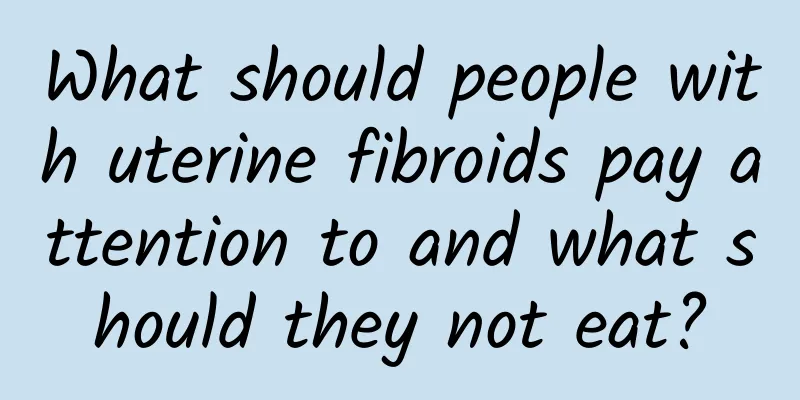What are the consequences and sequelae of uterine fibroids
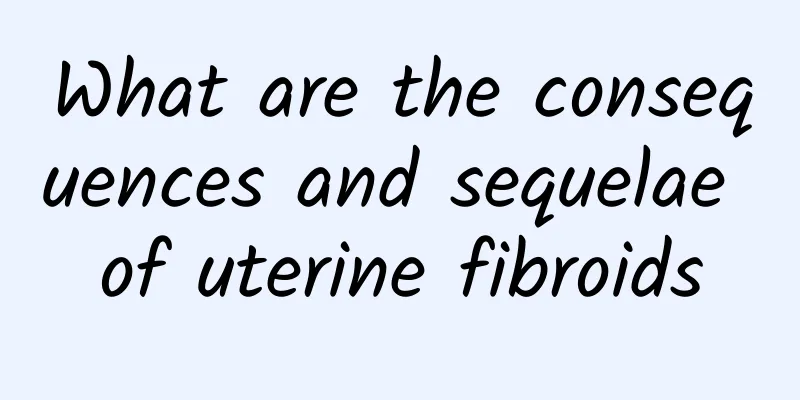
|
If uterine fibroids are not managed or treated in time, they may lead to symptoms such as menstrual disorders, infertility, anemia, and may also have a long-term impact on the quality of life. In the later stage, they may even cause complications or damage the uterine function. Depending on the size, location, number of fibroids and the patient's fertility needs, common treatment methods include drug therapy, surgical treatment, and lifestyle adjustments. 1Possible consequences of uterine fibroids Uterine fibroids are a benign tumor of the smooth muscle of the uterus. The consequences depend on the location, size, number and growth rate of the fibroids. If the fibroids grow near the endometrium, they may cause excessive menstrual flow, prolonged menstruation, and in severe cases, anemia. If the fibroids compress adjacent organs, such as the bladder or rectum, compression symptoms such as dysuria and constipation may occur. If not handled properly, some fibroids may grow rapidly and even endanger the patient's fertility. A small number of patients may develop complications such as infection or ulcers during the perimenopausal period due to fibroid degeneration. 2 Sequelae of uterine fibroids After treatment of uterine fibroids, some women may face sequelae of varying degrees. For example, after surgical treatment, if a hysterectomy is performed, it may lead to permanent loss of fertility. At the same time, some patients may experience side effects such as hot flashes, dizziness, and osteoporosis due to changes in hormone levels during drug suppression treatment. In addition, fibroids that are not completely removed may grow again, resulting in a risk of recurrence. Scars caused by surgery may also lead to sequelae such as uterine adhesions. 3 Treatment and management strategies Different types of uterine fibroids require different treatments. Drug treatment: GnRH agonists can temporarily inhibit the growth of fibroids, but long-term use may lead to osteoporosis; selective progesterone receptor modulators such as mifepristone can be used to improve symptoms. Surgical treatment: For patients with small uterine fibroids and fertility needs, hysteroscopic or laparoscopic minimally invasive surgery can be considered for myomectomy; if the fibroids are particularly large, traditional open abdominal surgery or hysterectomy may be required. Lifestyle interventions: Eating a balanced diet, maintaining a healthy weight, limiting the intake of high-fat foods, and having regular gynecological examinations can help prevent fibroids from worsening. Although uterine fibroids are benign lesions, the accompanying consequences and sequelae may seriously affect the patient's quality of life. Once similar symptoms are found, timely consultation and examination and treatment should be carried out under professional guidance to ensure health and safety. Through standardized treatment and active management, most patients can effectively control the disease and avoid serious consequences. |
<<: Does polycystic ovary have any effect after menopause?
>>: What are the symptoms of left ovarian cyst?
Recommend
What kind of anti-inflammatory water should be used after abortion? Is it necessary to receive intravenous drip for 3 days after abortion?
Abortion is a common gynecological surgery that a...
What fruits and vegetables should I eat for pelvic inflammatory disease?
If you have symptoms of pelvic inflammatory disea...
3-day fruit and vegetable detox meal high in fiber to help you lose weight
Fruits and vegetables contain most of the essenti...
How long does it take to get your period after a miscarriage?
How long does it take to get your period after a ...
Beetroot has strong antioxidant power! Nutritionist: Drinking beetroot juice is more nutritious if you "save this one step"
When you walk into a supermarket or an organic st...
There is fat in the lower abdomen! Visceral fat is to blame
In the eyes of female friends, the lower abdomen ...
Which hospital is the best for treating vulvar itching?
Vulvar pruritus is a common gynecological disease...
What is uterine fibroids?
Uterine fibroids are the most common benign tumor...
How long after medical abortion can you have sex? What are the precautions after medical abortion?
Medical abortion is just like natural childbirth,...
The causes of cervical erosion are mainly manifested in four parts
Cervical erosion is the most common gynecological...
Analysis of the main causes of ovarian cysts
Ovarian cysts are a common benign tumor in the ov...
Causes and prevention of menopause
Women's aging and menopause are inseparable, ...
Let’s compare blood type for weight loss! The secret to losing weight is…
Guess which blood type is most likely to gain wei...
What to do about uterine fibroids?
What to do about uterine fibroids? Uterine fibroi...
Pay more attention to the causes of frequent dysmenorrhea
Dysmenorrhea is also a common phenomenon. The cau...
